Sustainability through Biomimicry: A Comprehensive Review of Bionic Design Applications
Abstract
1. Introduction
2. Bionic Design and Sustainable Development
2.1. Definition and Development of Bionic Design
2.2. Theory and Development of Sustainable Development
3. Analysis of the Application of Bionic Design in Sustainable Industrial Design
3.1. Morphological Bionic Design: Exploring the Intersection of Nature and Innovation
3.2. Functional Biomimetic Design: Uncovering the Integration of Biological Functions and Product Innovation
3.3. Material Bionics and Environmental Friendliness: Exploring the Harmonious Integration of Nature Inspiration and Sustainable Innovation
4. Challenges Facing Bionic Design and Sustainable Development Trends
4.1. Challenges Faced by Bionic Design at Present
4.1.1. Subsubsection
4.1.2. Market Acceptance and Consumer Perception
4.2. Sustainable Strategies for Bionic Design
4.2.1. Ecological Integration and Environmental Symbiosis
4.2.2. Resource Efficiency and Circular Economy
4.2.3. Technology Innovation and Integrated Application
5. Conclusions
Author Contributions
Funding
Institutional Review Board Statement
Data Availability Statement
Acknowledgments
Conflicts of Interest
References
- Cheng, G.H. Interval Recourse Linear Programming for Resources and Environmental Systems Management under Uncertainty. J. Environ. Inform. 2015, 30, 119–136. [Google Scholar] [CrossRef]
- Gunnarsdottir, I.; Davidsdottir, B.; Worrell, E.; Sigurgeirsdottir, S. Sustainable energy development: History of the concept and emerging themes. Renew. Sustain. Energy Rev. 2021, 141, 110770. [Google Scholar] [CrossRef]
- Terrier, P.; Glaus, M.; Raufflet, E. BiomiMETRIC Assistance Tool: A Quantitative Performance Tool for Biomimetic Design. Biomimetics 2019, 4, 49. [Google Scholar] [CrossRef] [PubMed]
- Kumar, P.; Tandon, P. Bionic knowledge and information reuse methodology for uncertainty minimization in product design. Knowl. Inf. Syst. 2018, 57, 287–309. [Google Scholar] [CrossRef]
- Gao, S.; Sun, J.; Zhang, B. A method designed for bionic air bearing based on the structure of long-eared owl wing. Ind. Lubr. Tribol. 2019, 72, 122–127. [Google Scholar] [CrossRef]
- Sedira, N.; Pinto, J.; Bentes, I.; Pereira, S. Bibliometric analysis of global research trends on biomimetics, biomimicry, bionics, and bio-inspired concepts in civil engineering using the Scopus database. Bioinspir. Biomim. 2024, 19, 041001. [Google Scholar] [CrossRef]
- Wang, H.; Xu, H.; Zhang, Y.; Chen, S.; Zhao, Z.; Chen, J. Design of a Bio-Inspired Anti-Erosion Structure for a Water Hydraulic Valve Core: An Experimental Study. Biomimetics 2019, 4, 63. [Google Scholar] [CrossRef]
- Yang, Y.; Zhu, Q.-X.; Wang, W.; Peng, X. Structure bionic design method oriented to integration of biological advantages. Struct. Multidiscip. Optim. 2021, 64, 1017–1039. [Google Scholar] [CrossRef]
- Junior, W.K.; Guanabara, A.S. Methodology for product design based on the study of bionics. Mater. Des. 2005, 26, 149–155. [Google Scholar] [CrossRef]
- Han, J.; Hui, Z.; Tian, F.; Chen, G. Review on bio-inspired flight systems and bionic aerodynamics. Chin. J. Aeronaut. 2021, 34, 170–186. [Google Scholar] [CrossRef]
- Li, L.; Gu, F.; Li, H.; Guo, J.; Gu, X. Digital Twin Bionics: A Biological Evolution-Based Digital Twin Approach for Rapid Product Development. IEEE Access 2021, 9, 121507–121521. [Google Scholar] [CrossRef]
- Wang, L.; Zhang, W.; Wang, C.; Meng, F.; Du, W.; Wang, T. Conceptual Design and Computational Modeling Analysis of a Single-Leg System of a Quadruped Bionic Horse Robot Driven by a Cam-Linkage Mechanism. Appl. Bionics Biomech. 2019, 2019, 2161038. [Google Scholar] [CrossRef]
- Yuan, Y.; Yu, X.; Yang, X.; Xiao, Y.; Xiang, B.; Wang, Y. Bionic building energy efficiency and bionic green architecture: A review. Renew. Sustain. Energy Rev. 2017, 74, 771–787. [Google Scholar] [CrossRef]
- Srivastava, S.K.; Yadav, V.G. Bionic Manufacturing: Towards Cyborg Cells and Sentient Microbots. Trends Biotechnol. 2018, 36, 483–487. [Google Scholar] [CrossRef] [PubMed]
- Shi, L.; Han, L.; Yang, F.; Gao, L. The Evolution of Sustainable Development Theory: Types, Goals, and Research Prospects. Sustainability 2019, 11, 7158. [Google Scholar] [CrossRef]
- Bexell, M.; Jönsson, K. Country Reporting on the Sustainable Development Goals—The Politics of Performance Review at the Global-National Nexus. J. Hum. Dev. Capab. 2018, 20, 403–417. [Google Scholar] [CrossRef]
- Meinrath, G.; Kalin, M. The role of metrology in making chemistry sustainable. Accredit. Qual. Assur. 2005, 10, 327–337. [Google Scholar] [CrossRef]
- Aguila, Y. A Global Pact for the Environment: The Logical Outcome of 50 Years of International Environmental Law. Sustainability 2020, 12, 5636. [Google Scholar] [CrossRef]
- Nogueira, E.; Gomes, S.; Lopes, J.M. Triple Bottom Line, Sustainability, and Economic Development: What Binds Them Together? A Bibliometric Approach. Sustainability 2023, 15, 6706. [Google Scholar] [CrossRef]
- Leal Filho, W.; Wall, T.; Barbir, J.; Alverio, G.N.; Dinis, M.A.P.; Ramirez, J. Relevance of international partnerships in the implementation of the UN Sustainable Development Goals. Nat. Commun. 2022, 13, 613. [Google Scholar] [CrossRef]
- Duan, D. Study on Sustainable Agricultural Structure Optimization Method Based on Multiobjective Optimization Algorithm. Comput. Intell. Neurosci. 2022, 2022, 5850684. [Google Scholar] [CrossRef] [PubMed]
- de Andrade, L.C.; Borges-Pedro, J.P.; Gomes, M.; Tregidgo, D.J.; do Nascimento, A.C.S.; Paim, F.P.; Marmontel, M.; Benitz, T.; Hercos, A.P.; do Amaral, J.V. The sustainable development goals in two sustainable development reserves in central amazon: Achievements and challenges. Discov. Sustain. 2021, 2, 54. [Google Scholar] [CrossRef] [PubMed]
- Liao, X.; Song, W.; Zhang, X.; Yan, C.; Li, T.; Ren, H.; Liu, C.; Wang, Y.; Zheng, Y. A bioinspired analogous nerve towards artificial intelligence. Nat. Commun. 2020, 11, 268. [Google Scholar] [CrossRef] [PubMed]
- Huang, Z.; Cai, C.; Wang, G.; Zhang, H.U.I.; Huttula, M.; Cao, W.E.I. Structural Color Model Based on Surface Morphology of Morpho Butterfly Wing Scale. Surf. Rev. Lett. 2016, 23, 1650046. [Google Scholar] [CrossRef]
- Khokhlov, A.R.; Khalatur, P.G. Biomimetic sequence design in functional copolymers. Curr. Opin. Solid State Mater. Sci. 2004, 8, 3–10. [Google Scholar] [CrossRef]
- Sun, J.; Liu, C.; Du, H.; Tong, J. Design of a bionic aviation material based on the microstructure of beetle’s elytra. Int. J. Heat Mass Transf. 2017, 114, 62–72. [Google Scholar] [CrossRef]
- Popovic, I.; Bossink, B.A.G.; van der Sijde, P.C. Factors Influencing Consumers’ Decision to Purchase Food in Environmentally Friendly Packaging: What Do We Know and Where Do We Go from Here? Sustainability 2019, 11, 7197. [Google Scholar] [CrossRef]
- Snell-Rood, E.C.; Smirnoff, D. Biology for biomimetics I: Function as an interdisciplinary bridge in bio-inspired design. Bioinspiration Biomim. 2023, 18, 052001. [Google Scholar] [CrossRef]
- Cormier, P.; Lewis, K. Evaluating consumer commonality leveraging consumer specific design information. Artif. Intell. Eng. Des. Anal. Manuf. 2016, 30, 474–487. [Google Scholar] [CrossRef]
- Zhou, Z.; Wang, S.; Zhao, M.; Zhi, F. Research on Art Design of Urban Wetland Park Planning Based on the Concept of Sustainable Development. Ecol. Chem. Eng. S 2023, 30, 175–181. [Google Scholar] [CrossRef]
- Willskytt, S.; Brambila-Macias, S.A. Design Guidelines Developed from Environmental Assessments: A Design Tool for Resource-Efficient Products. Sustainability 2020, 12, 4953. [Google Scholar] [CrossRef]
- Li, M.; Ming, X.; Zheng, M.; He, L.; Xu, Z. An integrated TRIZ approach for technological process and product innovation. Proc. Inst. Mech. Eng. Part B J. Eng. Manuf. 2015, 231, 1062–1077. [Google Scholar] [CrossRef]

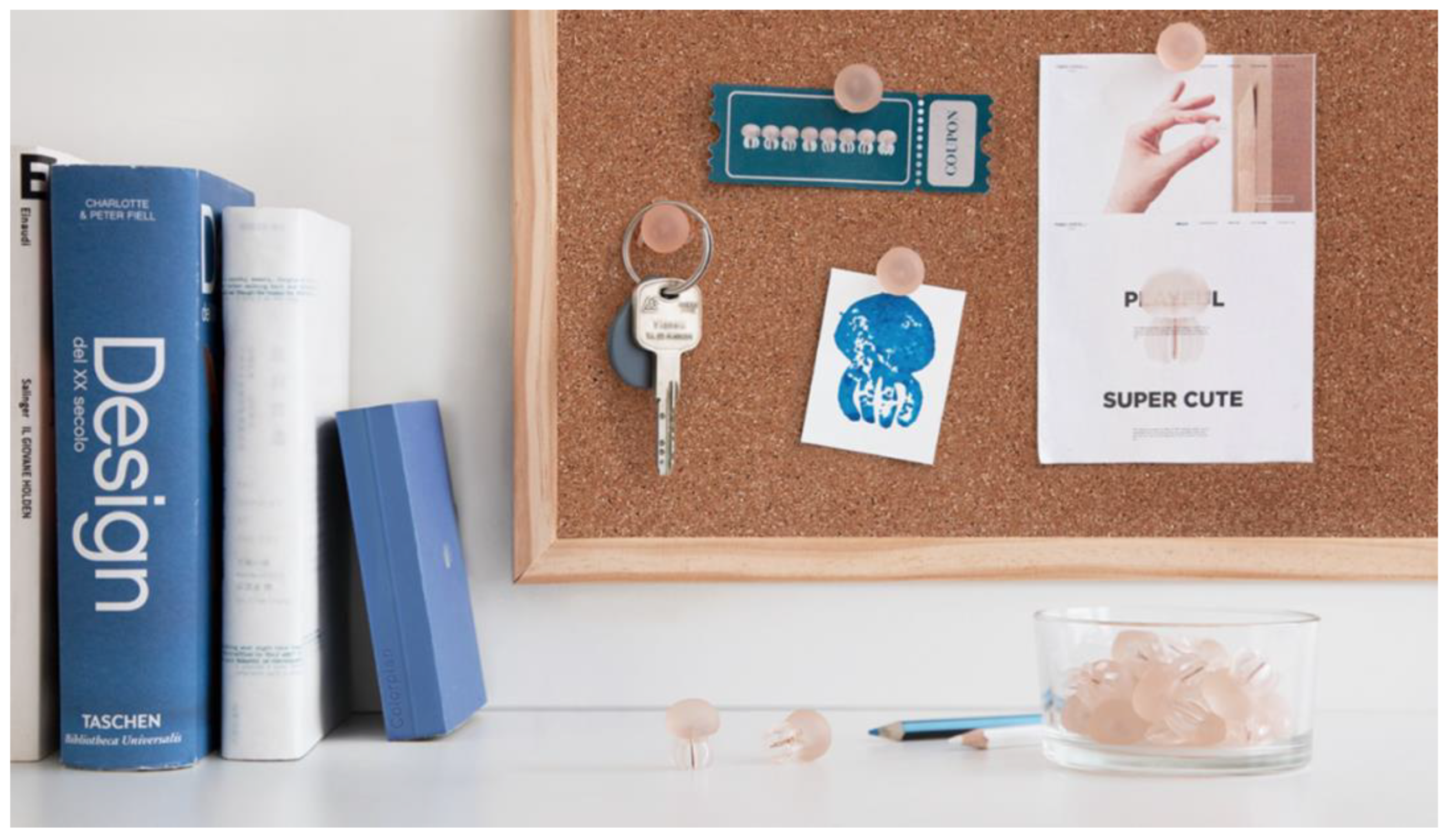
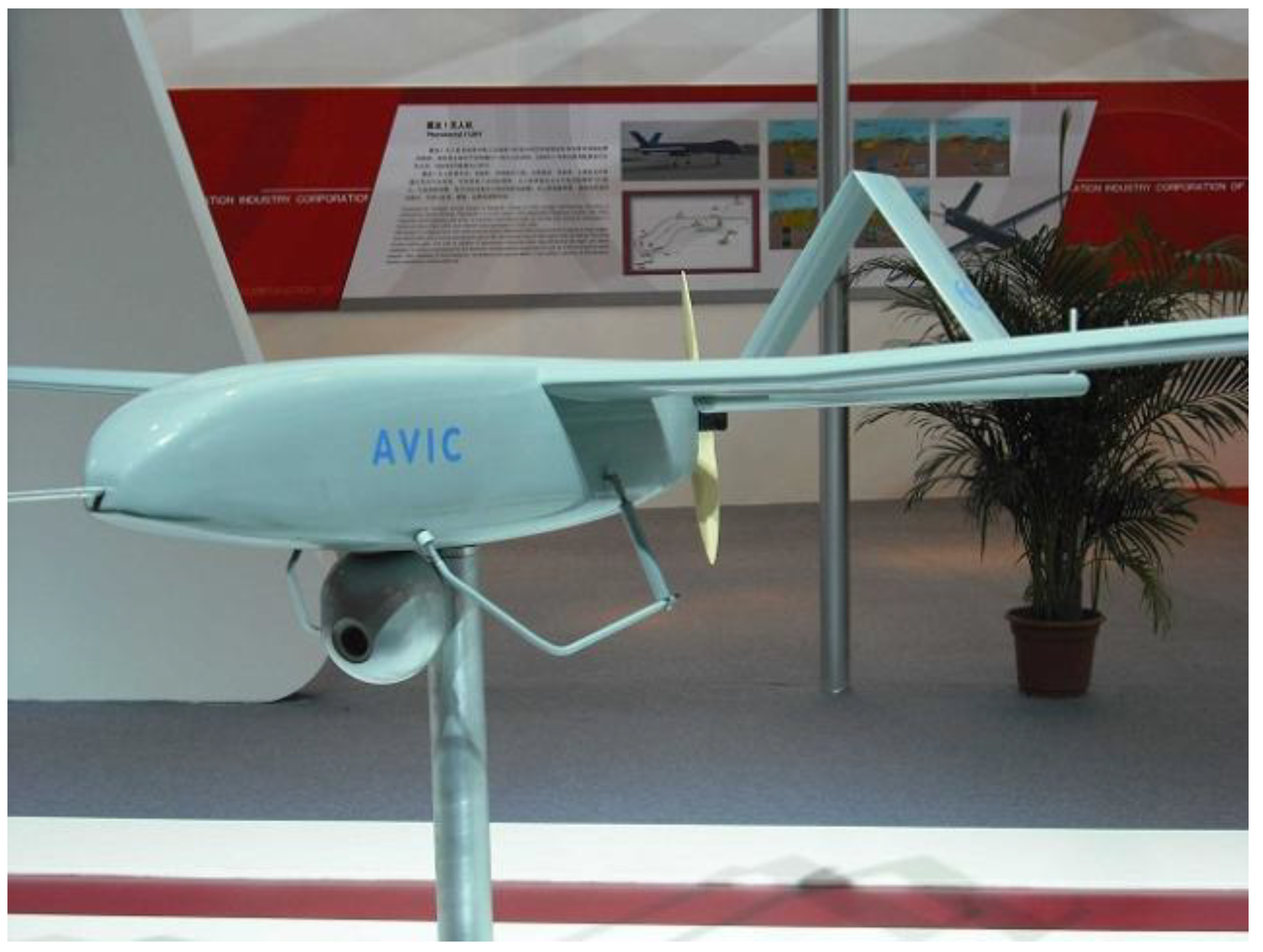
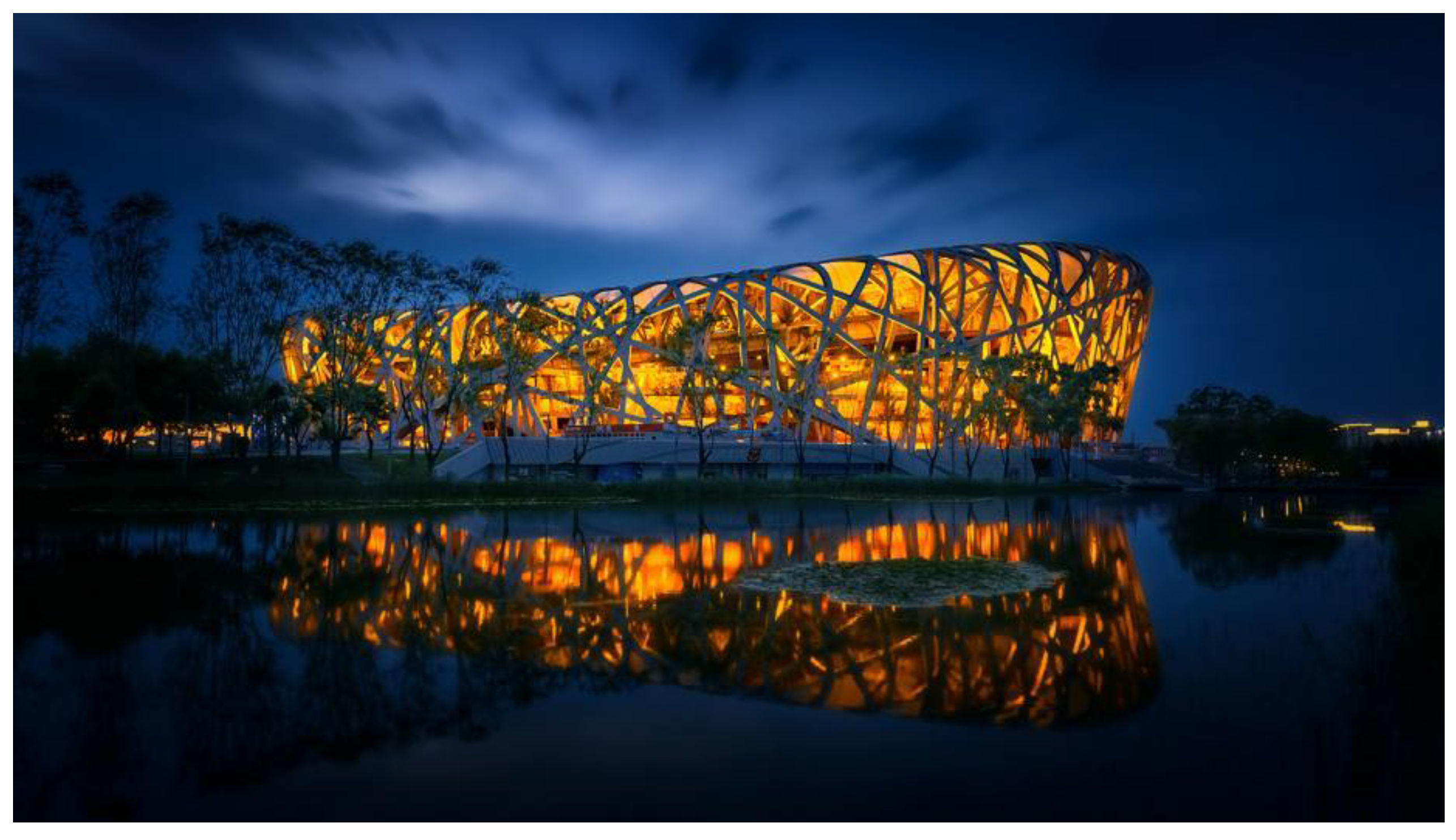
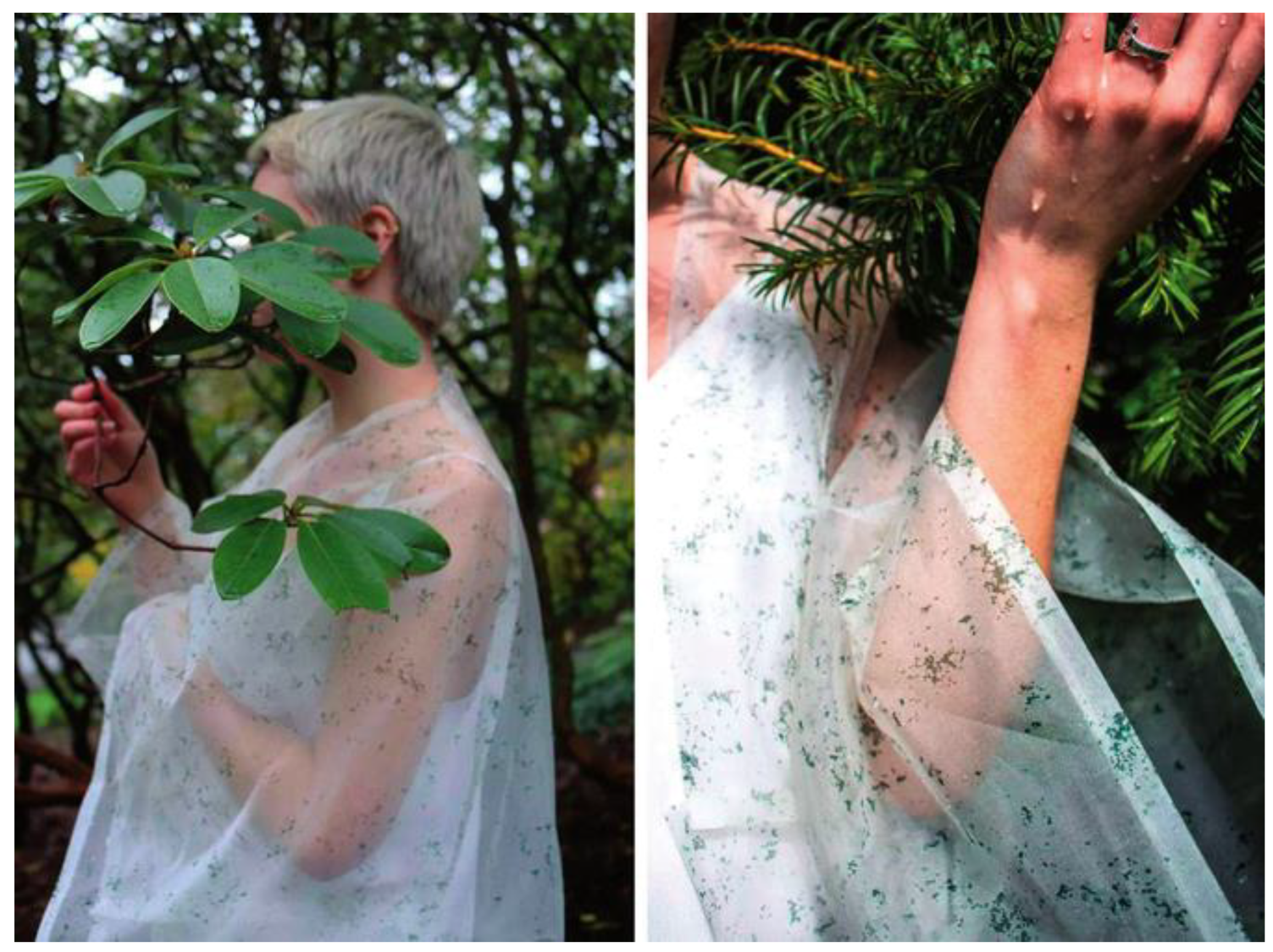

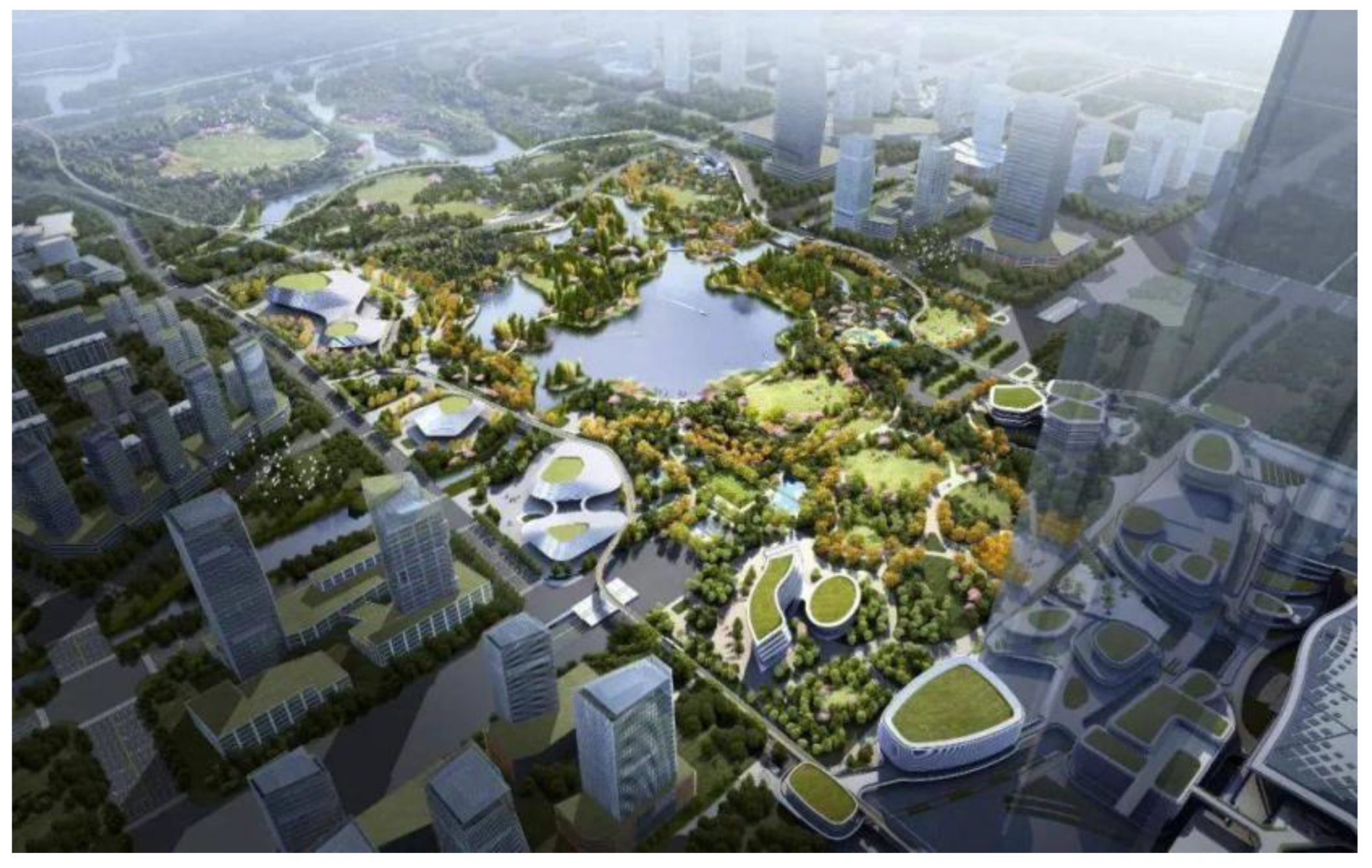
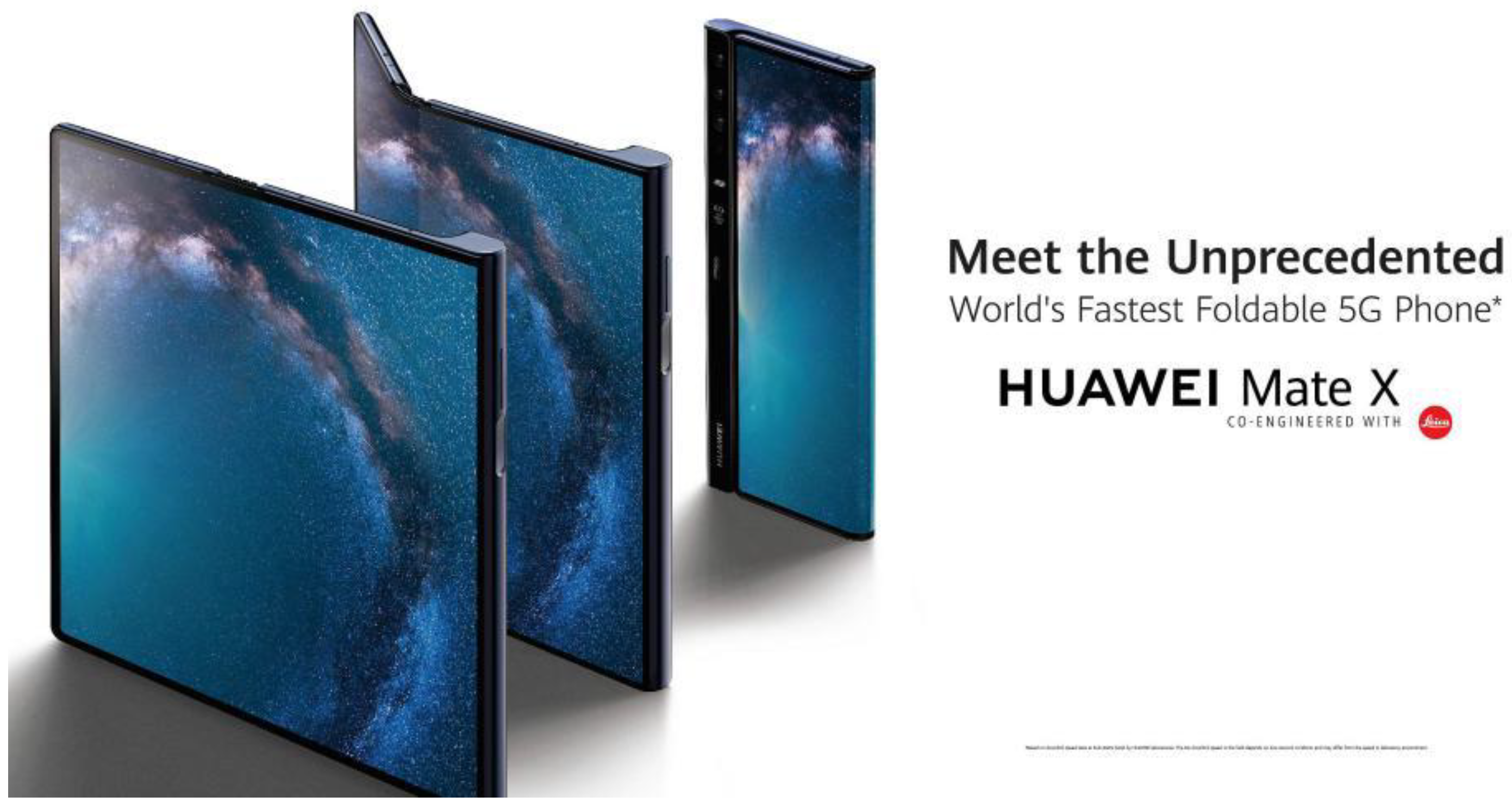
Disclaimer/Publisher’s Note: The statements, opinions and data contained in all publications are solely those of the individual author(s) and contributor(s) and not of MDPI and/or the editor(s). MDPI and/or the editor(s) disclaim responsibility for any injury to people or property resulting from any ideas, methods, instructions or products referred to in the content. |
© 2024 by the authors. Licensee MDPI, Basel, Switzerland. This article is an open access article distributed under the terms and conditions of the Creative Commons Attribution (CC BY) license (https://creativecommons.org/licenses/by/4.0/).
Share and Cite
Jiang, M.; Deng, W.; Lin, H. Sustainability through Biomimicry: A Comprehensive Review of Bionic Design Applications. Biomimetics 2024, 9, 507. https://doi.org/10.3390/biomimetics9090507
Jiang M, Deng W, Lin H. Sustainability through Biomimicry: A Comprehensive Review of Bionic Design Applications. Biomimetics. 2024; 9(9):507. https://doi.org/10.3390/biomimetics9090507
Chicago/Turabian StyleJiang, Mu, Wenxin Deng, and Hong Lin. 2024. "Sustainability through Biomimicry: A Comprehensive Review of Bionic Design Applications" Biomimetics 9, no. 9: 507. https://doi.org/10.3390/biomimetics9090507
APA StyleJiang, M., Deng, W., & Lin, H. (2024). Sustainability through Biomimicry: A Comprehensive Review of Bionic Design Applications. Biomimetics, 9(9), 507. https://doi.org/10.3390/biomimetics9090507






